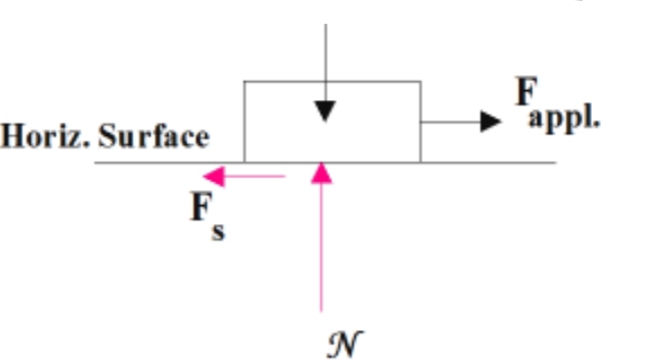Introduction:
We know that what is force. To determine the value of force, we use this formula: F=ma. If we know the value of object’s momentum, mass and displacement, we can determine the force which was applied on the object.
Abstract:
Force is which thing can change the shape of an object. Here we will discuss about the relationship between force, momentum, mass and displacement.
Method:
We know that- v²=u²+2as
Or, v²= 2as [u=0]
Or, 2as= v² [Transforms]
Or, a= v²÷2s. [Transforms]
So, a= v²÷2s__________(i)
We know that- F=ma
=m× v²÷2s
=mv²÷2s
=m²v²÷2ms
=p²÷2ms
So, F=p²÷2ms__________(ii)
If p= 2p then-
F'= (2p)²÷2ms
= 4p²÷2ms
F'÷F= (4p²÷2ms)÷(p²÷2ms)
= (4p²÷2ms)×(2ms÷p²)
= 4
So, F'= 4F
If p= ½p then-
F’= (½p)²÷2ms
= ¼p²÷2ms
= p²÷8ms
F'÷F= (p²÷8ms)÷(p²÷2ms)
= (p²÷8ms)÷(2ms÷p²)
= ¼
So, F=¼F
If the square value of the momentum of an object increases, then the value of the force of the object increases proportionally. If the square value of the momentum of an object decreases, then the value of the force of the object decreases proportionally.
So, p²∞F_______(iii)
If ms= 2ms then-
P'= p²÷2(2ms)
= p²÷4ms
So, P'÷P= p²÷4ms ÷ p²÷2ms
= p²÷4ms × 2ms÷p²
= ½
So, P'= ½P
Again, If ms= ½ms then-
P'= p²÷2(½ms)
= p²÷ms
So, P'÷P= p²÷ms ÷ p²÷2ms
= p²÷ms × 2ms÷p²
= 2
So, P'=½P
If the value of object’s mass and displacement increases, the value of the force of that object decreases. Again, the value of object’s mass and displacement decreases, the value of force of that object increases.
So, P∞1÷2ms________(iv)
The graph of iii no. equation-
The graph of iv no. equation-
From iii and iv no. equation-
p²∞F_______(iii)
F∞1÷2ms________(iv)
So, F∞p²×1÷2ms
Or, F∞p²÷2ms
Or, F=kp²÷2ms
So, F=kp²÷2ms________(v)
If k=1 then- F=p²÷2ms
Result:
So, we can say that-
The value of object’s force is proportional to the square value of the momentum of that object and disproportional to the value of its mass and displacement.
Conditions of this law:
There are some conditions of this law. They are-
i) The object should be a moving object.
ii) This formula applies to moving objects in a plane. This formula does not apply to tilted surfaces, freely falling objects and stationary objects.
Conclusion:
So, if we know the value of object’s momentum, mass and displacement , we can find out the force of that object.













.png)
0 Comments